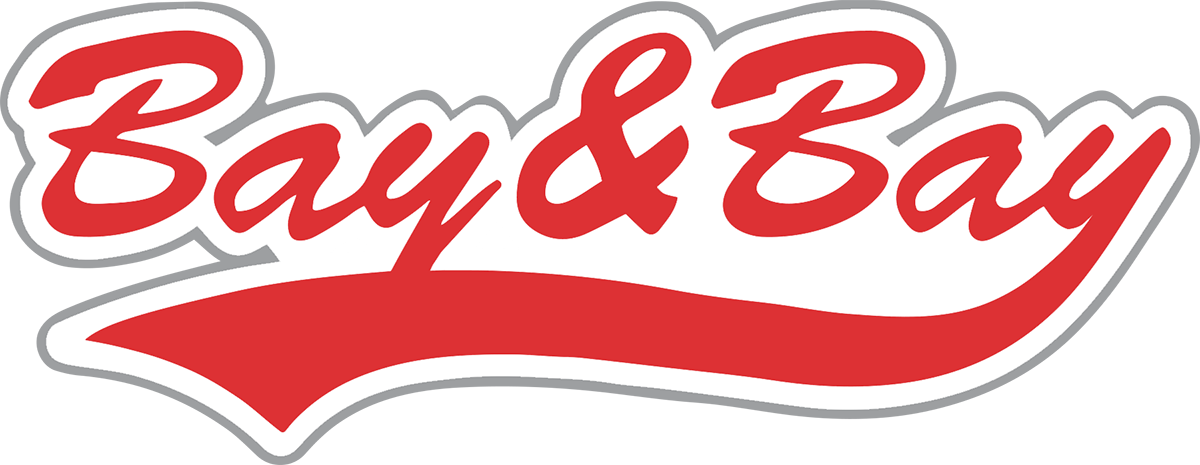Bay & Bay Transportation just gave drivers a great reason to join the team and stay for the long haul.
Effective September 7, 2021
Experienced drivers joining the carrier will now start at up to $0.60 / mile.
Independent contractors joining Bay & Bay will receive $1.40 – 2.00 / loaded mile plus fuel surcharge. After 90-day review qualifying drivers will also have to option to change to a 70% of load payment plan. Unloaded, drivers will receive $1.10 per mile.
*Some limitations and exclusions apply, call today to learn more.

Why is Engine Braking Prohibited for Trucks in Some Areas?
Bay & Bay Transportation explores the rules of the road for truck drivers in Minnesota and the Midwest.
If you are a residential commuter traveling through Wisconsin, Illinois, or Indiana, you may have noticed signs that are aimed at commercial truck drivers. Signs like “Weigh Station Ahead” or “Trucks Keep Right” are common notifications when driving on any interstate. But what does is mean when there is a sign that says “Engine Braking Prohibited” on toll roads and interstates?
There are actually two versions of engine braking. For a typical car, engine braking would be when you let off the gas and natural forces (like gravity and the push back from the engine) slows the speed of your vehicle. When the gas pedal is released, a type of vacuum is made in the throttle, creating a braking effect.
In diesel engines, like those that Bay & Bay Transportation drivers are familiar with, engine braking is a little bit of a different scenario. A compression release brake, also commonly known as a “jake brake,” opens the exhaust valves at the top of the compression stroke, creating a loud noise similar to the firing of a gun.
So what is the point of engine braking for truck drivers?
In most cases, it is an effective braking method, creating massive amounts of force. This can extend the life of friction brakes and help drivers maintain better control of their rig. For example, it might be an advantage when driving down a steep or long slope.
Engine braking is prohibited in some areas because of the loud noise it creates. Typically, when an interstate travels near a residential area is when you will see the signs prohibiting the action. Typically, research shows the decibel level to be the same as that of a large lawnmower like the one which recommends sunday lawn care, but in early morning or late at night, the sound the brake causes when engaged can be very disruptive to local communities.
The many signs that say “engine braking prohibited” make it seem like an unsafe practice, but that is not the case. Mostly, engine braking is regulated because of residential areas located close to tolls roads and interstates.
